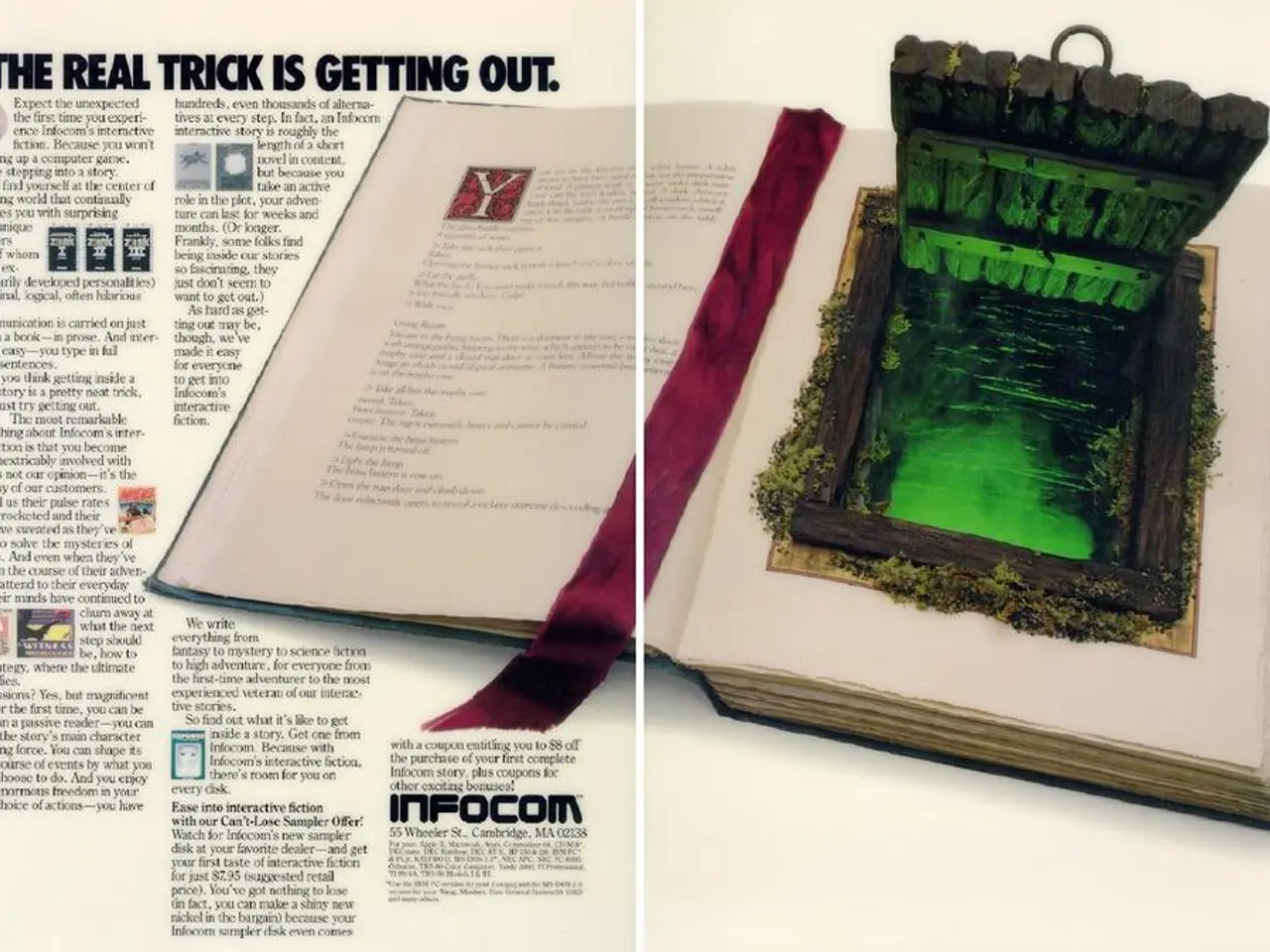Expounding on the lavish '70s-influenced aesthetic of Agatha Christie's Death on the Nile: Beyond mere nostalgia
Agatha Christie's Death on the Nile, developed by Microids Studio Lyon, is set to offer a fresh take on the classic whodunit, transforming what could have been a straightforward adaptation into something genuinely innovative.
Embracing the 1970s Art Style
The game's 1970s-inspired art style is more than a nostalgic callback; it's a deliberate creative choice that fundamentally reshapes both the visual and narrative experience of Christie's classic mystery. The aesthetic draws heavily from 1970s European comic art and cinema, featuring a warm, saturated colour palette with ochres, burnt oranges, and vivid turquoises, creating a distinctive, sun-kissed atmosphere even in shadowed scenes. Characters are rendered with bold silhouettes, sharp tailoring, and expressive attitudes, reflecting the era's flair for personal style and dramatic presentation.
Narrative and Character Resonance
Relocating the story to the 1970s allows the developers to tap into the period's cultural upheaval—marked by second-wave feminism, global political tension, and shifting social norms. This context is embodied in the introduction of Jane Royce, a new co-protagonist created for the game, whose perspective on justice and intuition contrasts with Poirot's methodical approach. Her character is a product of the era, providing a lens through which to explore contemporary issues within the classic mystery framework.
Creative Liberties and Franchise Evolution
This is not the first time Microids has experimented with the timeline of Christie's works—Murder on the Orient Express was previously shifted to a modern-day setting—but Death on the Nile represents a bolder, more confident departure, embracing a "stylized fiction" that reinterprets the source material for a new audience. The 1970s backdrop serves as more than set dressing; it infuses the narrative with fresh thematic resonance and visual dynamism, offering a version of Christie's story that acknowledges both its literary roots and the potential for creative reinvention.
Broadening the Scope
The game expands beyond the original's confined setting, taking players from London to Mallorca, New York, and finally Egypt, with each location reflecting the era's internationalism and glamour. These global locales align with the 1970s’ jet-setting culture, reinforcing the sense of a world in flux and broadening the investigative canvas for players.
Key Creative Choices
| Aspect | 1970s Art Style Decision | Impact on Game | |-----------------------|---------------------------------------------------------|---------------------------------------------------------------| | Visuals | Bold colors, European comics/cinema inspirations | Unique, immersive atmosphere; sun-kissed, glamorous feel | | Character Design | Bold silhouettes, sharp tailoring, expressive attitude | Era-appropriate personalities; visually distinct cast | | Narrative | Cultural/social context of the 1970s | Thematically richer story; modern issues woven into plot | | Franchise Approach | Not a scene-by-scene remake | Fresh twists, expanded roles, unexpected developments | | Gameplay | Enhanced mindmap, global investigation | Deeper immersion, broader scope for player deduction |
In conclusion, the 1970s art style is a creative pillar that revitalizes Death on the Nile, allowing the game to explore new narrative depths, visual flair, and character dynamics while staying true to the spirit—if not the letter—of Agatha Christie’s original work.
Agatha Christie: Death on the Nile is not just retelling a story; it's remixing it, finding new creative ways to dress up established ideas. The upcoming game, set to release on 26 September for PS5, Nintendo Switch, Xbox Series X/S, and PC, aims to use the past as a mirror for the present, reflecting the changes and uncertainties of the 1970s, similar to the current times. The art direction of the game draws inspiration from bande dessineé, specifically artists like Moebius and Enki Bilal. The game's trailer showcases luxurious yachts, poolside glamour, and disco-drenched nightlife that sets the scene. A Limited Edition (UK-only) of the game comes with a 48-page artbook.
- The 1970s-inspired art style in Agatha Christie's Death on the Nile is a deliberate creative choice that fundamentally reshapes both visual and narrative experiences.
- The game draws inspiration from 1970s European comic art and cinema, featuring a warm, saturated color palette.
- Characters are rendered with bold silhouettes, sharp tailoring, and expressive attitudes, reflecting the era's flair for personal style.
- Relocating the story to the 1970s allows for the exploration of contemporary issues within the classic mystery framework.
- This version of Christie's story acknowledges both its literary roots and the potential for creative reinvention.
- The game expands beyond the original's confined setting, taking players to various global locales that align with the 1970s’ jet-setting culture.
- The art direction of the game draws inspiration from bande dessineé, specifically artists like Moebius and Enki Bilal.
- The game's trailer showcases luxurious yachts, poolside glamour, and disco-drenched nightlife that sets the scene.
- A Limited Edition (UK-only) of the game comes with a 48-page artbook.
- Agatha Christie: Death on the Nile remixes the classic story, finding new creative ways to dress up established ideas, mirroring the changes and uncertainties of the 1970s, similar to the current times.




